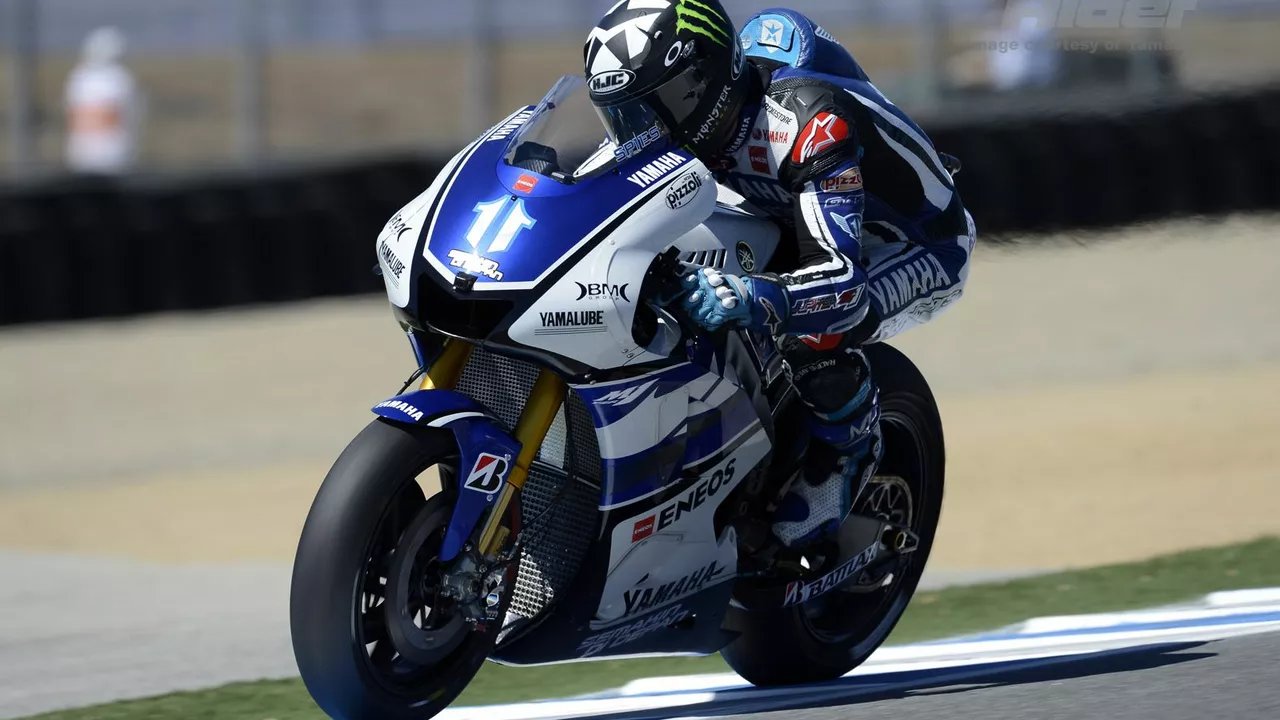How to Become Part of the Motorsports World
If you love the roar of engines and the thrill of a close finish, you probably wonder how to get more than just a spectator. The good news? You don’t need a fancy sponsor or a racing license to start. A few simple steps can move you from casual fan to active participant.
From Watching to Working
Most people think a motorsport job is only for engineers or drivers, but the industry needs many hands. Start by looking at roles that match what you already know. For example, computer engineers can help design simulators, manage telemetry, or write race‑strategy software. If you’re handy with cars, think about pit crew support, vehicle prep, or even logistics. Check the career sections of teams, track owners, and event promoters – they post entry‑level openings all the time.
While you’re searching, build a small portfolio. It can be as easy as a blog about race data you’ve analyzed, a video showing a track walk‑through, or a simple app that tracks lap times. Real‑world examples give hiring managers proof you understand the sport and can deliver results.
Building Your Motorsports Network
Networking isn’t about handing out business cards at every race. Join online forums, follow team pages, and comment on race‑day threads. Show genuine interest, ask specific questions, and share what you’ve learned. When you attend a local race, introduce yourself to volunteers – they often know who’s hiring for temporary gigs.
Social media can be a shortcut, too. Tag teams in thoughtful posts, share behind‑the‑scenes photos, or post short video breakdowns of a race’s key moments. Consistency helps you become a recognizable voice, and teams appreciate fans who can promote them authentically.
Another practical step is volunteering. Many tracks need extra hands for ticketing, marshaling, or hospitality. A few weekends of volunteer work gives you inside knowledge, contacts, and a glimpse of daily operations. Plus, you’ll earn credibility when you later apply for paid roles.
Finally, keep learning. Motorsports evolves fast – new electric series, hybrid tech, and data‑driven strategies appear each season. Free webinars, YouTube tutorials, and industry podcasts are cheap ways to stay informed. The more up‑to‑date you are, the easier it is to speak the language of professionals.
So, whether you’re eyeing a career switch or simply want to be more than a spectator, start small, stay curious, and connect with the community. Your motorsports journey begins the moment you take one of these steps.

What is the process to become a MotoGP racer?
Becoming a MotoGP racer isn't just about hopping on a bike and hitting the tracks. It's a process that requires years of training, starting off in lower categories like the MiniGP or National Championships. After proving your skill and dedication there, you might get a chance to move up to the Moto3 category, then Moto2, and finally MotoGP. It's important to remember that this journey also requires a great deal of physical fitness, mental strength, and a deep understanding of motorcycle mechanics. So, if you're dreaming of becoming a MotoGP racer, be prepared for a long but rewarding journey.
© 2025. All rights reserved.